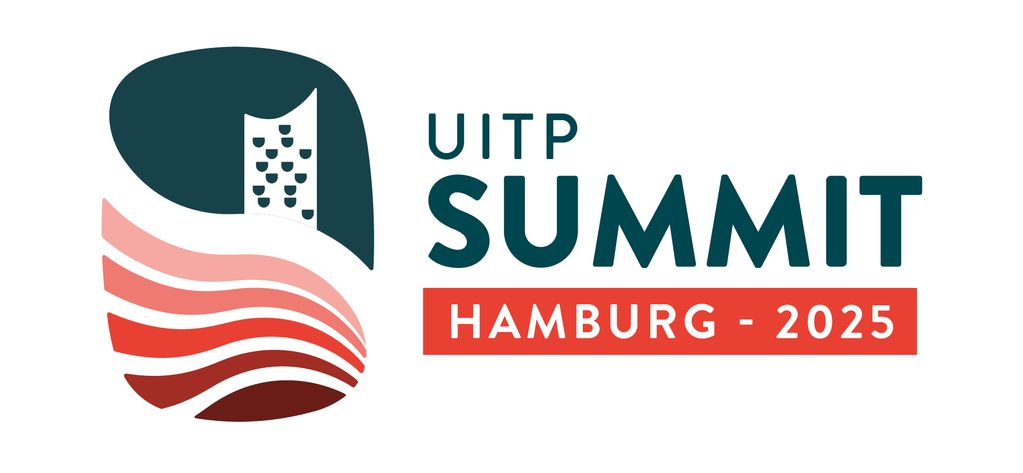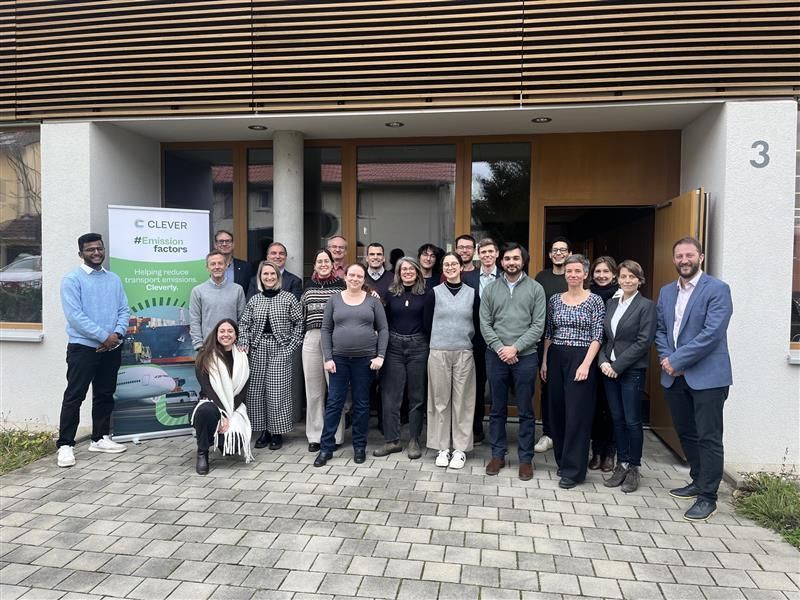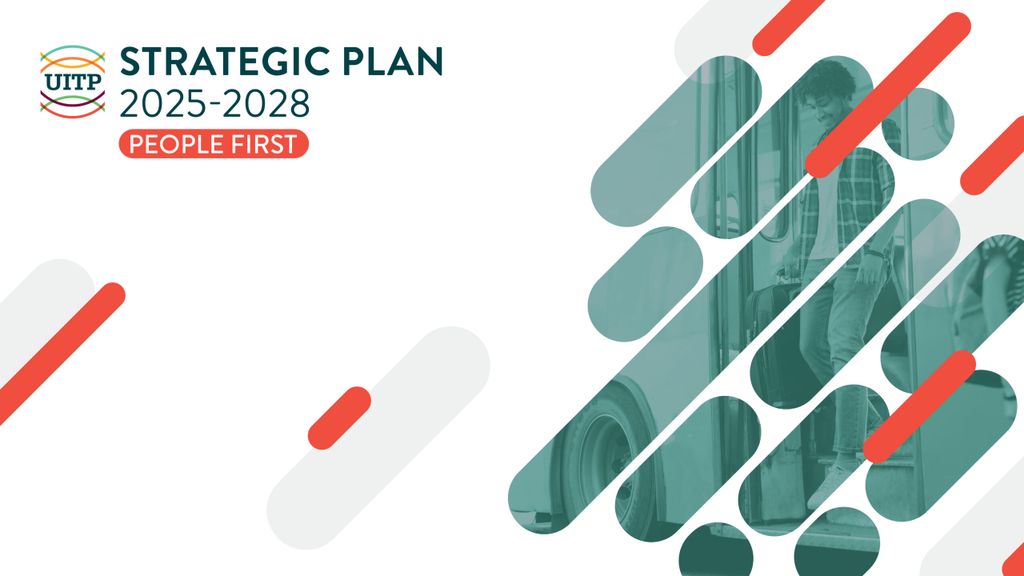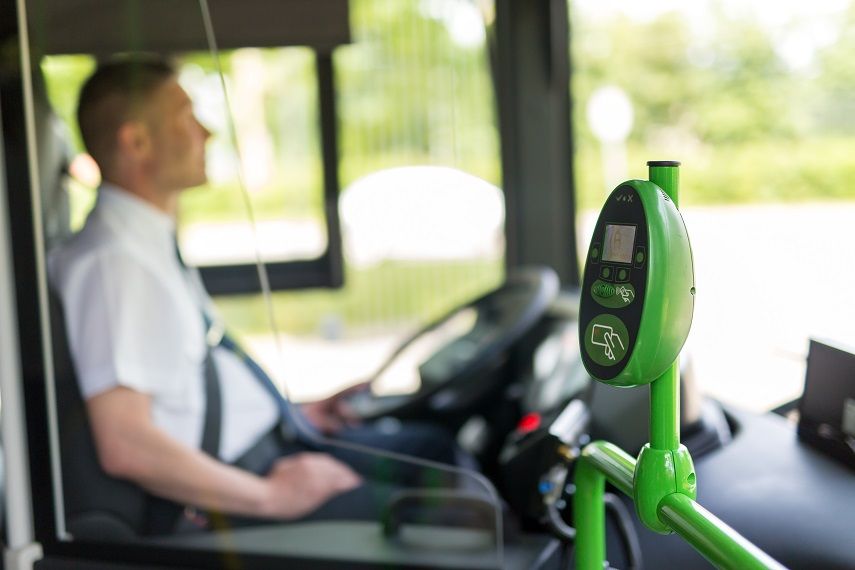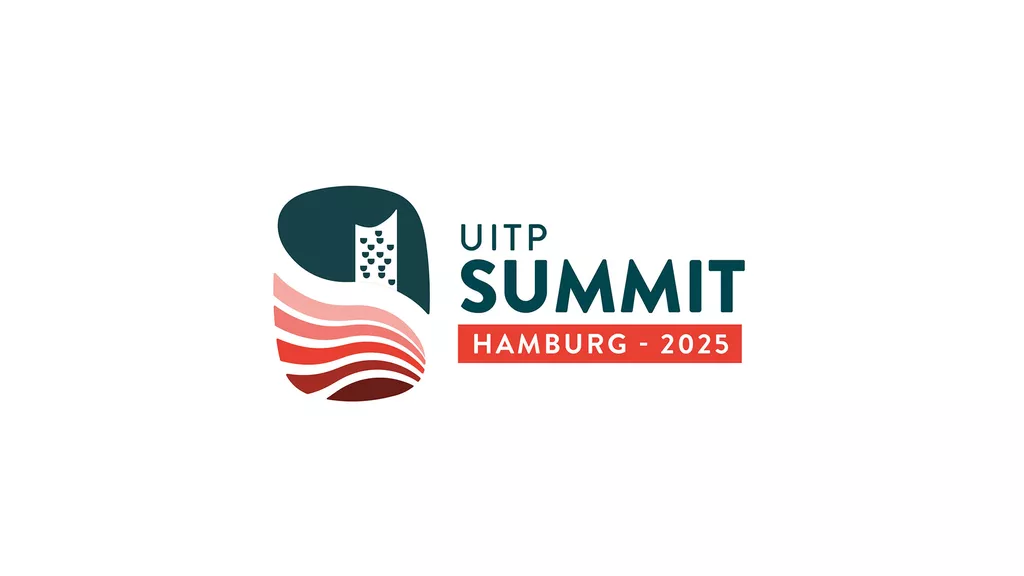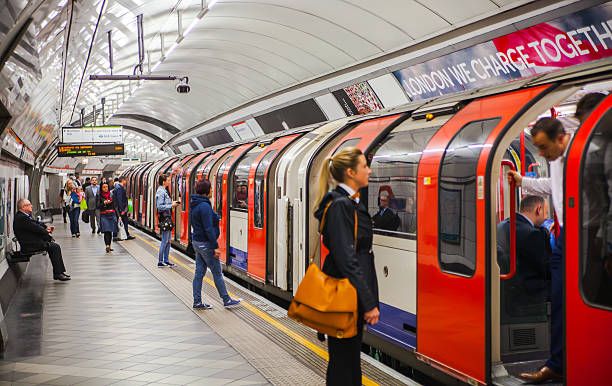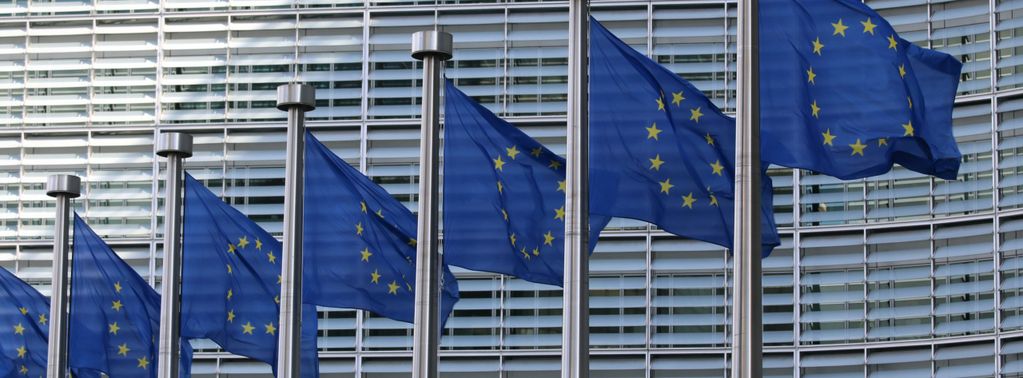
EU Policy Paper: Public transport sector priorities for the legislative term 2024-2029
With the Green Deal, the European Union is fighting climate change and various environmental-related challenges, transforming the European economy, and striving to become the first net zero-emission continent by 2050 with intermediary targets for 2030 and 2040. This gives hope to the next generation and provides a clear strategic and regulatory direction to Europe’s industry and businesses. In parallel the EU has fostered digitalisation, the exchange and re-use of data, as well as new technologies. A lot of new legislation affecting the public transport sector has been passed in 2019-2024 and its implementation requires appropriate funding. The Sustainable and Smart Mobility Strategy (SSMS) and the EU’s Urban Mobility Framework call for modal shift and more sustainable daily mobility. Now it is time for implementation!
Let’s make high-quality public transport a symbol of modern Europe!
Developing public transport is an opportunity to provide mobility for all while working towards many other European objectives, such as economic development, jobs, health, environmental protection, societal coherence, etc. Hardly any sector has so many positive externalities. If citizens are offered sustainable, efficient, modern, comfortable and reliable mobility options, they will prefer cities filled with life instead of cities filled with cars. Public transport keeps cities and towns moving in an efficient, environmental-friendly way, allowing people to reach their jobs, education, health appointments or leisure activities. Clean buses can reach any destination in a city and region. Complemented by a network of multimodal hubs to facilitate first and last mile connections, regional and suburban rail, metro, tram and urban rail systems and bus rapid transit (BRT) systems are recognised for their high capacity and contribution to land-use development. Automated rail-based systems – and in the future autonomous buses – are not only fast and efficient, but also benefit from a high level of resilience, e.g. during the COVID crisis. New mobility services should be provided as part of the public transport offer and be regulated by local transport authorities to ensure they contribute the city’s or region’s mobility objectives.
In modern societies, people will use shared mass transit options, because they are fast and efficient, as well as good for the environment. While all mobility modes have their merits, future daily mobility will have public transport as its backbone, complemented by active mobility and personalised shared mobility options. This vision is already reflected in the EU’s Sustainable and Smart Mobility Strategy and the Urban Mobility Framework. New legislation passed in 2019-2024 is setting out a clear path for the public transport sector to become even cleaner, more digital, and more modern. Now it is time for us to make these ambitions a reality and provide more and better public transport across the EU!
- Modal shift to public transport and active mobility must become a clear and non-disputable objective of the European Union, as it is supporting many public policy goals such as social cohesion, economic development, sustainability, healthy citizens, etc.
- A Declaration in support of public transport should recognize the multiple benefits of the public transport sector and assemble different levels of governance behind the common goal to promote and strengthen the use of public transport across the EU.
- Each new legislation in the EU should be assessed as to whether it supports the pro-vision of public transport or makes it more cumbersome, costly or bureaucratic.
- Regulatory stability for the public transport sector must be ensured, as well as coherence of the regulatory framework for all modes, avoiding in particular counteracting policies.
The Green Deal, Europe’s sustainable growth strategy, sets out a transformation pathway for the whole European economy – and it must now be implemented. The European public transport operators and authorities stand firmly behind the EU’s climate targets, as UITP members committed to become net carbon-neutral themselves by 2050 at the latest. Several studies recently stated that modal shift towards public transport is needed to reduce Green House Gas (GHG) emissions and pollutant emissions stemming from daily mobility.
As climate mitigation depends on action not only at the global scale, but also at the level of cities, public transport is a key lever to help decarbonise cities and achieve climate-neutral mobility of citizens by offering an energy-efficient, fast, accessible and affordable alternative to the private car. By increasing the offer of public transport and supporting the development of fast and attractive services (e.g. high-capacity regional and urban rail or bus rapid transit systems), emissions related to daily mobility of citizens can be reduced further. Meanwhile, public transport companies in cities and regions are working towards the decarbonisation of their fleets; however, without sufficient funding for zero-emission buses, charging stations, the transformation of depots and maintenance shops and newly skilled staff, the process risks getting delayed.
- To implement and accellerate the energy transition in public transport, the European Union should provide co-funding for zero-emission vehicles and the installation of infrastructure for both road and rail based systems.
- The adaptation of transport infrastructure to new hazards and climate change will become necessary. The EU should support adaptation measures with funding.
- The external costs of transport should be calculated for each mode according to the Commission’s Handbook on external costs of transport and included in the price of transport. Cities should be empowered to apply the internatisation of external costs locally.
Service excellence for passengers
Passengers are at the centre of public transport operations. Aiming to provide an excellent and affordable service to all customers, in 2019, UITP and the European Passenger Federation (EPF) published a Passenger Charter, laying down fundamental basic rights of public transport users. In the EU, passengers benefit from harmonised passenger rights as well as other measures to improve their comfort (e.g. the possibility to receive multimodal travel information before, during and after their journey, based on EU legislation). The EU’s passenger rights legislation is divided by (long-distance) transport mode; local public transport is covered by several of these regulations but is in fact a mode per se: multimodal by essence, and mostly running under public service obligations, so local public authorities also exercise some quality control over the service. This set-up should be taken into account, and care should be taken to avoid any requirement putting the economic equilibrium of PSO services at risk. When legislation is made, it is important that the new legal obligations are made to fit to the specific context of public transport services.
Concerning persons with reduced mobility (PRM), public transport operators strive to improve the accessibility of their service, while continuing to move millions of passengers every day in the fastest and most reliable way possible. The modernisation of infrastructure to meet today’s accessibility standards can be technically difficult and costly, in which case transport operators may offer alternative tailor-made solutions for certain passenger groups.
- To ensure a continuity of high-quality mass transit services and to avoid putting too much burden on local public transport operators, any forthcoming EU legislation must be “fit for public transport services”, appropriate, and reasonable.
- Any discussion regarding passenger rights on public transport shall involve all relevant stakeholders and be mindful of local conditions and local solutions.
Public transport staff
The European public transport sector employs directly 1.3 million people. In many cities, public transport operators are amongst the largest employers. About two thirds of the public transport staff are drivers. In recent years the sector is experiencing a serious shortage of staff, for example concerning engineering and technical professions, maintenance staff, but also drivers. The drivers’ shortage is already leading to cancellations of bus and/or rail services – at a time when shared mass transit should be expanded to become the preferred choice of citizens! The need for qualified personnel is set to deteriorate further due to the expected retirement wave of the “baby boomer” generation over the next years and the difficulty to attract young people to the public transport sector. UITP expects this shortage to become a major obstacle for the sector in the coming years – in all Member States.
- The EU should review the rules for the accession to the bus and train driving profession so the sector is able to attract more young people and people looking for a career change.
Conventional public transport services rely heavily on well-maintained infrastructure and assets (rail and roads, vehicles, stations, etc.) and are characterised by a large number of staff and a high consumption of energy. All these expenses are on the rise, while revenues have been negatively affected e.g. by the pandemic, the increase in working from home, and political pressure on fares. This leads to an economic imbalance of the sector.
While significant financial contributions are already made from the EU’s budget and the European Investment Bank (EIB) to the transport sector as a whole, to implement a push for public transport, as outlined above, and to have more public transport in the future, Member States and European policymakers must unlock more European investments into urban and local public transport assets, infrastructure, and services.
- UITP asks for the EU to keep supporting the development of local public transport throughout the next post-2027 Multi-annual Financial Framework (MFF) with increased funding and simplified access requirements.
- Set up a new EU grant scheme for local public transport to accelerate the greening of the vehicle fleet (bus, tram, metro, suburban and regional rail) and related infrastructure, the extension of networks and improvement of the offer (higher capacity, new services, etc.), while enabling local and regional authorities to access this fund directly.
- The polluter-pays and beneficiary-pays principles should be fully implemented in the EU for all transport modes, including the aviation sector which competes with railways.
- Whenever possible, new revenue (e.g. from road charges, polluter pays mechanisms, the Emission Trading System (ETS), etc.) should be earmarked fully or partially for the development of the public transport offer.
The public transport sector will become increasingly digitalised – just like its customers. However, this brings new challenges (e.g. cybersecurity) and requires investments which not all transport companies are able to make. The digitalisation of some areas (e.g. of tariffs to participate in Mobility as a Service (MaaS) platforms) is desired but does not bring any direct return to the provider. The European Union can accelerate the digitalisation of societally desired aspects of public transport services by providing funding or co-funding in these areas.
Public transport operators and authorities participate actively in data-sharing with third parties, both voluntarily and based on European legislation (for instance, the ITS Directive and the delegated regulation on MMTIS, or the Open Data Directive). Data has a value to any data holder, and data management comes with a cost. Therefore, the public transport companies and authorities should be able to manage the data they hold based on fair principles, including reciprocity and compensation, and should not be required to provide their data to third parties for free. When it comes to the data automatically generated in vehicles (incl. buses), this data must be accessible to the operators/owners of the vehicle.
- The EU can accelerate the digitalisation of the public transport sector by providing funding or co-funding opportunities for desired outcomes.
- The exchange of data in the transport sector should be based on fair common principles and should not require any operator to provide data to third parties for free. Any future legislation and the European Mobility Data Space (EMDS) shall respect these principles.
- The forthcoming legislation on in-vehicle data should ensure that the legitimate interests of bus operators/fleet owners are respected, e.g. when it comes to data needed to improve the operation and/or maintenance of these vehicles.
Future ticketing – why platformisation is not the solution
The integration of public transport services and fares must always happen under the responsibility of a competent local or regional public authority, which ensures that public policy goals are met. Many public transport systems already provide citizens access to all services with one pass or ticket. If this is the case, cities and regions usually adopt an integrated fare policy. Digital ticketing (a smart card, a mobile ticket, etc.) can be a facilitator, making the acquisition of tickets easier. A variety of ticketing solutions exist, and companies will choose what is best suited to their local situation. A stronger European focus on enabling ticket sales via digital platforms (MDMS) will certainly bring benefits to persons travelling to unfamiliar places (e.g. on a business trip or during holidays), but less to daily commuters who know where to go and how to get their tickets.
- When regulating ticket sales via platforms (MDMS), the EU should adopt a stepwise approach and start with the integration of single and touristic tickets, focusing on long-distance and cross-border transport, where such harmonization has most benefits.
- Any legislation should respect the role of local and regional public authorities to manage mobility in their area, including through pricing and the provision of local MaaS services.
Contact
UITP

Annika DEGEN
Deputy Director - Senior Policy Expert Digitalisation - Seconded by VDV[email protected]UITP


